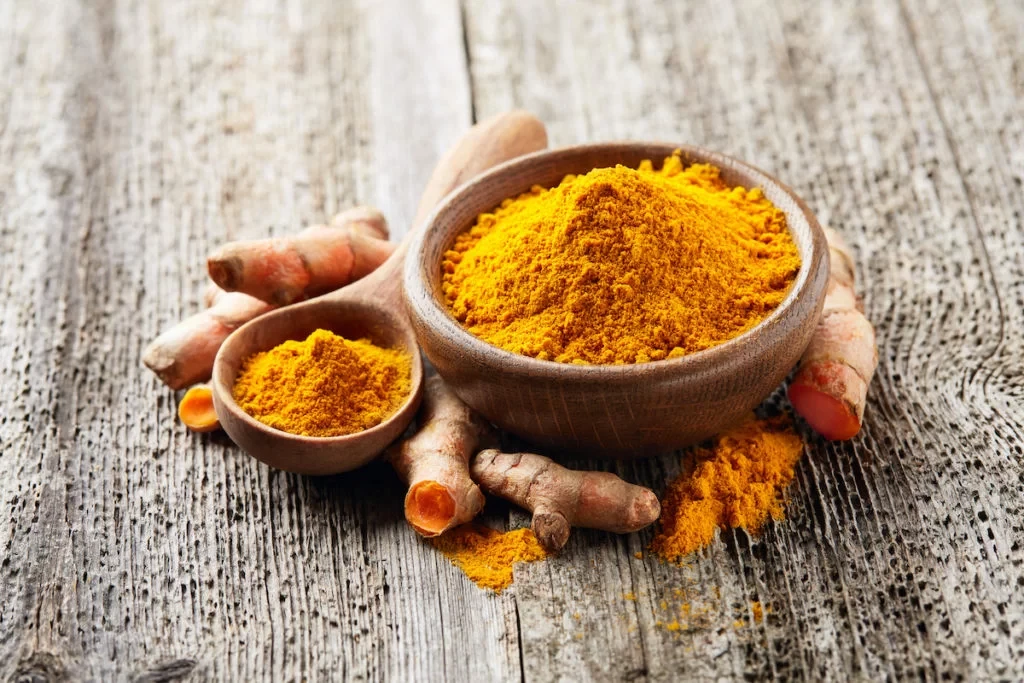
In this Article
Share
There isn’t one perfect solution for hair loss. The cause of thinning and loss of hair is multi factorial. The best way to promote hair growth is by making minor changes to your daily routine. Whether you actively suffer from hair loss or want more hair growth, it is important to understand the process of hair growth, as well as identify possible causes. Keep reading to learn how Ayurvedic practices can contribute to hair regrowth.
Understanding The Hair Growth Cycle
There are three main phases of hair growth.
Anagen: The main growth phase lasts 2-7 years before follicles become dormant.
Catagen: In the transitional phase, hair stops growing and detaches itself from the blood supply. This phase lasts for 2-3 weeks.
Telogen: The resting phase occurs when club hair rests in the roots, and new hair begins to grow underneath it. This phase lasts for about three months.
After this phase, the resting hairs fall out, and new hair comes in. Some experts consider this hair release as a fourth stage, exogen.
The Scalp
The scalp has approximately 100,000 hairs. Each follicle is independent and goes through the growth cycle at different times. Most of your hair (80-90%) is in the anagen phase, and about 15% of your hair may be in the telogen phase. This way, you don’t lose patches of hair all at once. It is normal to lose between 50-100 hairs daily. Further hair loss is generally caused by an interruption in the hair production cycle, so if you notice a sudden increase in hair fall or over 100 hairs falling out daily, you might suffer from hair thinning.
Finding The Root Cause
Before you can treat hair loss, it is essential to identify specific issues contributing to your hair loss. The best starting point is to address these underlying causes.
Age and Genetics: As you age, it is normal for hair loss to increase and thinning to become more noticeable. If hair loss runs in your family, you may start to experience this at an earlier age. This is known as androgenic alopecia and can present differently in men (receding hairline or bald patches) and women (thinning at the parting).
Vitamin deficiencies: Low levels of specific vitamins such as iron, folate, B-12, Vitamin D, zinc, biotin, or protein can lead to hair fall. You can take a blood test or assess your diet to determine if you are low on anything. Eating balanced meals or supplementing may improve hair growth. It is important to note that blindly taking supplements without first discovering the cause of your hair loss will likely not help you. High levels of specific vitamins can potentially lead to harmful side effects.

Stress and infections:
After a long period of illness or during stressful times, you may start to experience hair fall. Once the stress has been balanced, your body will re-adjust. The excessive hair fall will stop, and hair will return to its normal state according to the hair growth cycle.
Hormonal imbalances: Hormones can play a significant role in hair loss. Common examples include Polycystic Ovary Syndrome (PCOS) or hypothyroidism. People with a hormonal imbalance can develop thinning hair or increased hair fall because of a sensitivity to a hormone called DHT. Treatment for hormonal disorders should be personalized to the individual, so it’s always best to consult a practitioner or a doctor.
Childbirth
During pregnancy, many women notice thicker, more voluminous hair. This is because, during this period, oestrogen levels are high. This extends the typical growth period, and women retain more hair. Shortly after giving birth, the drop in hormone levels causes the shedding of that retained extra hair. Therefore, it is not regarded as ‘real’ hair loss; hair growth usually normalizes within a year of giving birth.
Treat Any Underlying Scalp Conditions
A clean and healthy scalp is extremely important for healthy hair to grow. Scalp infection can lead to scaly and sometimes inflamed areas on your scalp. Many people with plaque psoriasis develop psoriasis on their scalp, leading to hair loss. Hair tends to regrow once the scalp psoriasis clears.
“
In Ayurveda, hair oiling is a rejuvination tool. Oiling the scalp increases moisture, luster, and shine and prevents hair loss.
Oiling for Hair Growth
The tradition of hair oiling has been present for generations in south-Asian households. Besides the feeling of relaxation and the associated family bonding time, hair oiling has incredible benefits for hair growth. The act of massaging promotes blood flow to the hair follicles, which stimulates faster hair growth. After all, there’s a reason why Indian women are famous for their thick, long locks!
Ayurvedic Head Massage
Elevate your routine with an Ayurvedic head massage that targets specific Marma points on your scalp. According to Ayurveda, these pressure points may help to stimulate new hair growth:
- Eight fingers above your brows (Adhipati marma)
- Twelve fingers above your brows (Simantaka marma)
- Four fingers above the nape of your neck (Krikatika marma)
The Right Practices for Hair Growth
Your daily habits of handling and taking care of your hair could be a significant factor in your hair loss. Here are some pro tips to keep your hair healthy:
Avoid tight hairstyles – If you regularly wear your hair in a ponytail, bun, braids, or slicked back, it might be contributing to hair loss. These tight hairstyles stress your hair roots, causing them to weaken and lead to hair fall. The medical term for this is traction alopecia: hair loss caused by repeatedly pulling on your hair. It is usually reversible, but in some cases, it can lead to scarring hair loss which means that new hair cannot grow again.
Hair washing – Wash your hair as often as you need. There is a myth around hair washing suggesting that the more you wash your hair, the oilier it gets, and the more hair will fall out. Many studies have shown that this is not true. Some people can have an oilier scalp than others, meaning it requires more frequent washing
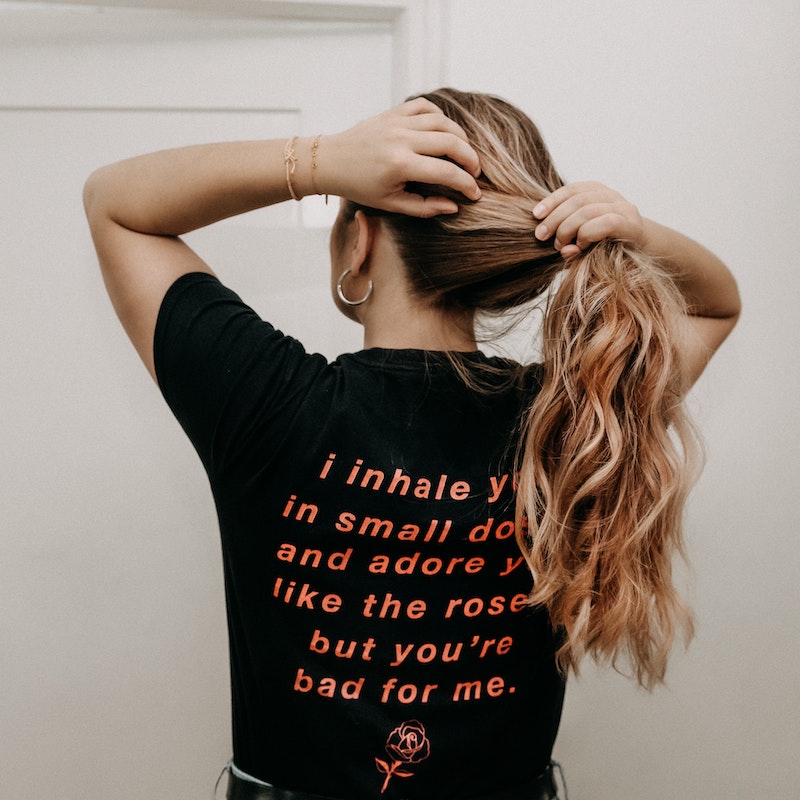
Hair brushing – It’s essential to brush your hair gently to minimize hair breakage and fall. The best way to do this is to start from the bottom and slowly work your way up. Another thing to remember is that hair is weakest when it’s wet. Avoid detangling or brushing wet hair unless it has been conditioned.
Exfoliating the scalp – Since the scalp is skin, it should be looked after just as much as the rest of your body. You can gently exfoliate by using a scalp scrub or brushing your hair regularly to redistribute the oils and remove dead cells.
The Right Products for Hair Growth
Shampoo: You can switch to a hair fall shampoo that contains ingredients to promote hair growth. However, shampoos have only a short contact with the scalp and are washed off after a few minutes, so only using hair fall shampoos may not be an effective enough solution.
Scalp serums: These are liquids applied directly onto the scalp to boost hair growth. They usually contain stimulating ingredients that target the DHT hormone (responsible for hair loss). Serums tend to have a longer-lasting action as they are leave-on products easily absorbed by the scalp.
Hair oils: Picking the right oil also plays an important role. Peppermint, red ginseng, pumpkin seed, and rosemary oils have the most scientific evidence to demonstrate hair growth. You may also consider adaptogenic ingredients such as bhringraj, amla oil, and ashwagandha, which are potent and great for hair growth.
Next Articles
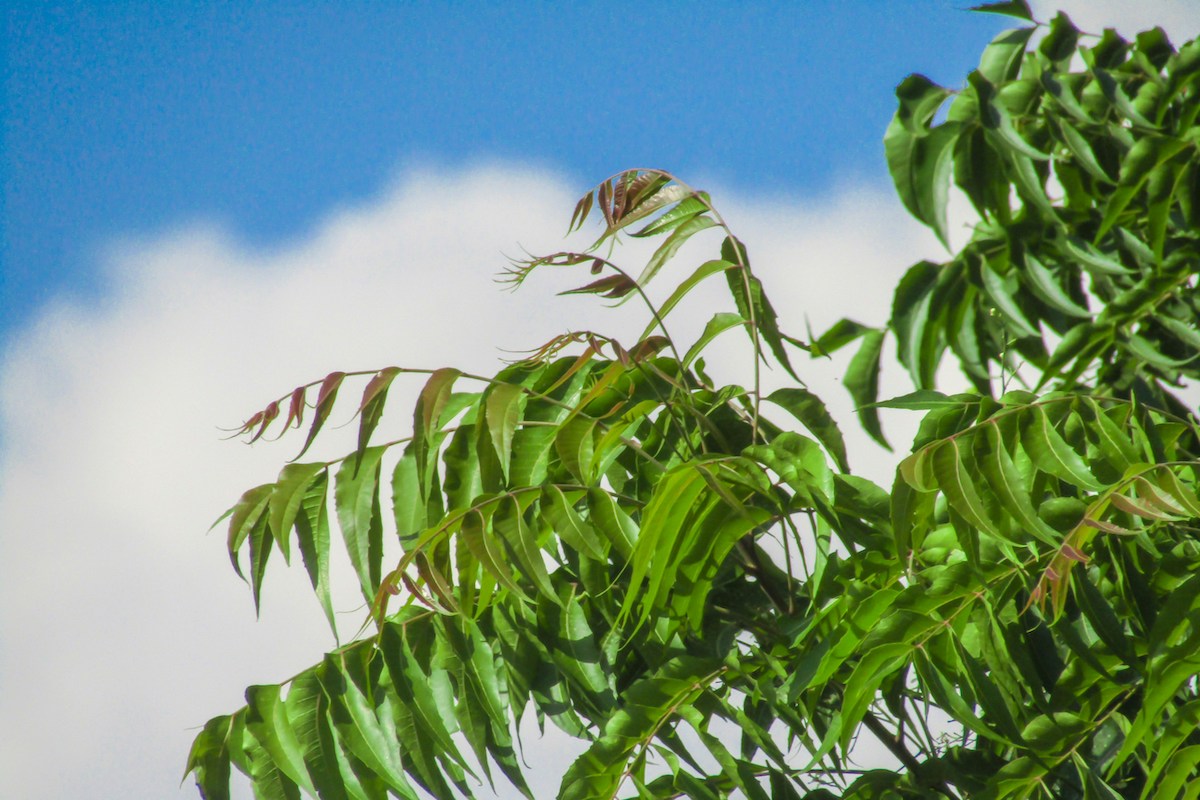
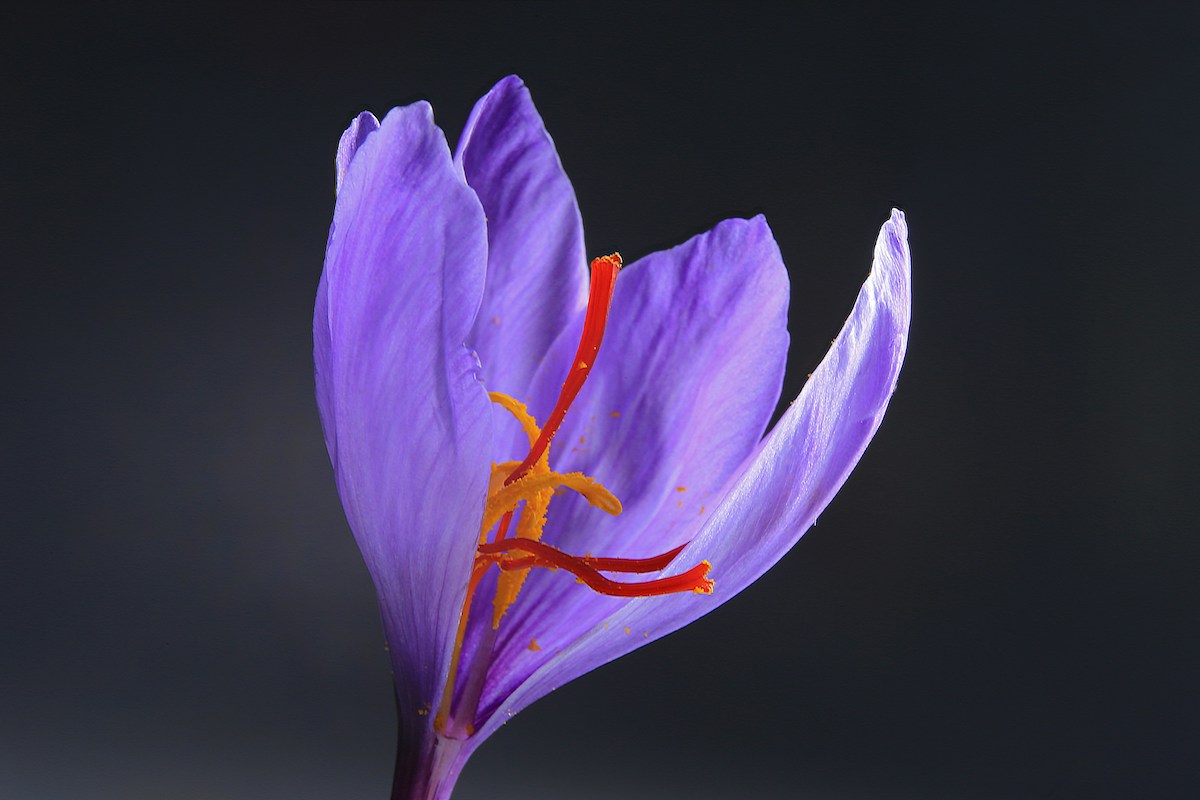


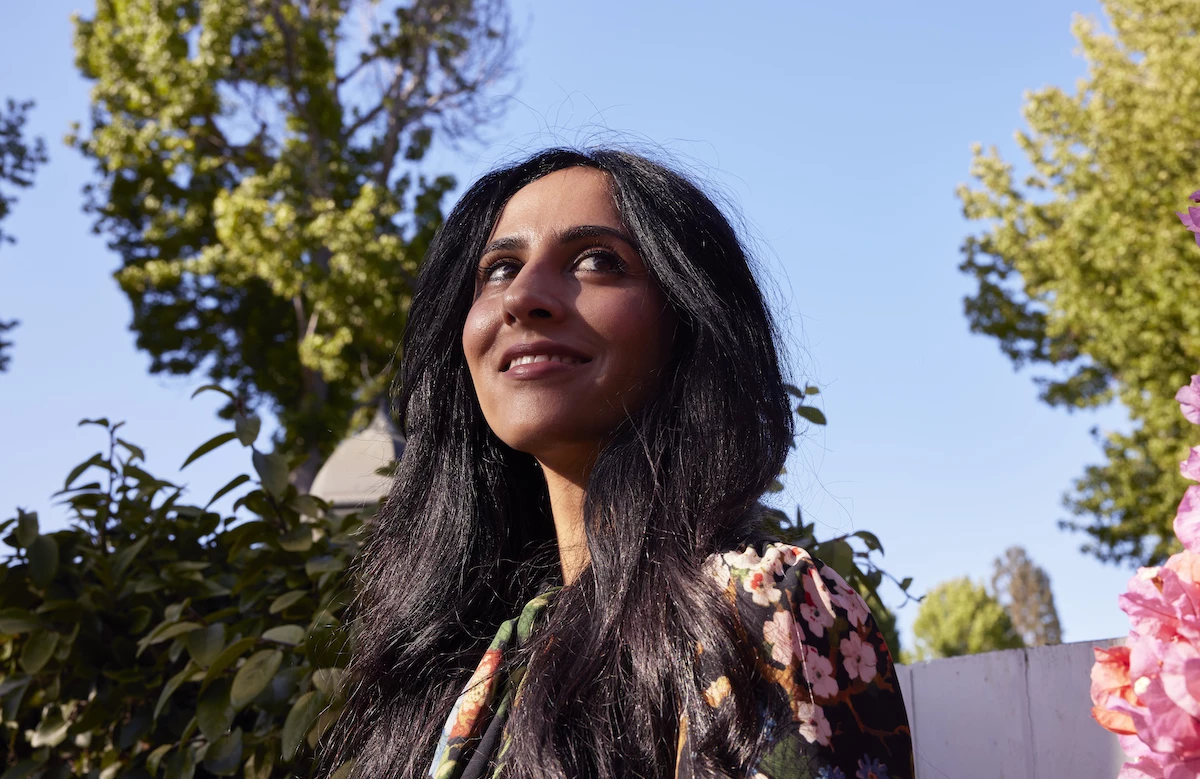
RANAVAT – A Letter To Self
The founder of RANAVAT pens a letter to her younger self at a pivotal moment in her life.



